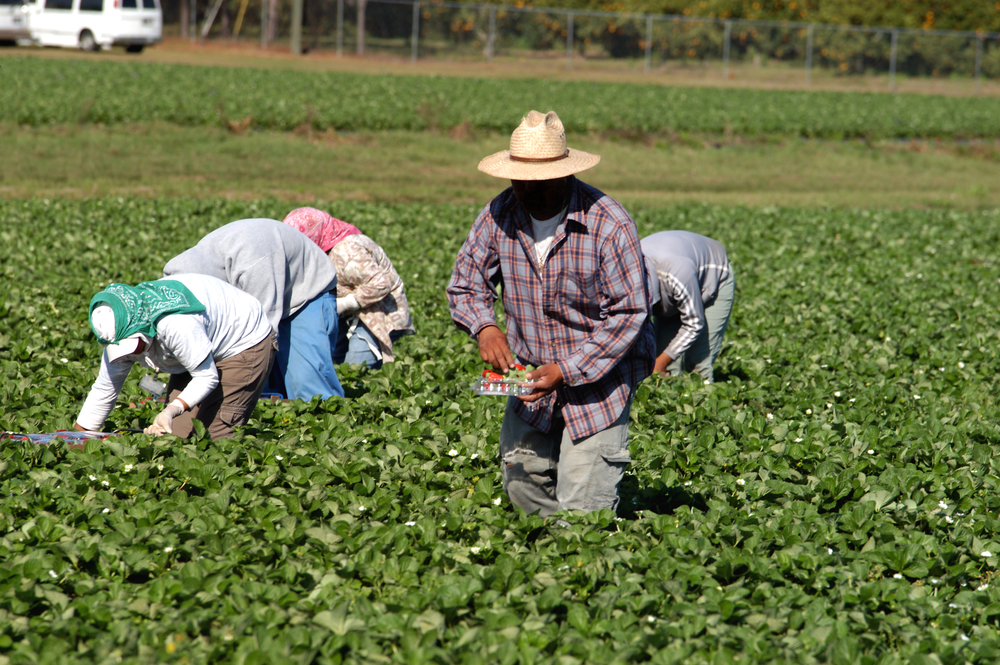
One of the focal points of the U.S. International Trade Commission hearing on the impact imports of cucumbers and squash have on the domestic industry is labor; how much it costs and the availability of it.
Lance Jungmeyer, president of the Fresh Produce Association of Americas, insists the lack of workers has led to a quality issue with produce grown in the Southeast.
“Without adequate labor, Southeast growers are at a severe disadvantage for how they grow and pack. Their products result in a distinct quality disadvantage that U.S. retail customers clearly recognize,” Jungmeyer said.
Not So Fast
But farmers and industry leaders in Georgia and Florida scoff at the notion that there is a problem with worker availability.
“I would dispute that,” said Florida farmer Marie Bedner. “We have the same people that return year after year. We invested in our farming future and built a state-of-the-art 400-bed facility for these employees.”
Mike Joyner, president of the Florida Fruit and Vegetable Association (FFVA), said Florida brought in 39,000 H-2A workers last year.
“To the labor issue, I’m concerned that there’s a theme that we have a problem and I’m just not seeing it,” Joyner said.
Same for Georgia
The same is true in Georgia as well.
“Those growers that are using H-2A, we do not have a labor shortage. Generally, workers are using some domestic help, or they’re using H-2A workers. Labor shortage is not a problem,” said Charles Hall, executive director of the Georgia Fruit and Vegetable Growers Association.
Last August, Veronica Nigh, an economist with American Farm Bureau Federation, said H-2A applications were processed effectively and in a timely manner even during the early onset of COVID-19. She noted that Florida was the largest user of the H-2A program during the year’s first three quarters. It listed 28,005 certified positions. Georgia listed a little more than 23,000 certified positions.
What Southeast producers may be most concerned with is Mexico dumping produce, or exporting a product at a price below the price charged in the country of origin.
“Our growers are paying well above minimum wage by the time you add in all the travel, housing. That labor is costing $15, $16 an hour,” said Gene McAvoy, University of Florida/IFAS Regional Vegetable Extension Agent IV Emeritus. “If you look at the cost of labor being about 30% of our cost of production and the break-even price on squash is $8.50 a box, take $3 off of it, and that’s $5.50. It’s still hard to see how Mexico could put squash into the U.S. market in recent weeks at $3.98 a box. There’s just no way it could be done.
“Tractors (there) cost as much as they do in the United States. Boxes cost as much as they do in the United States. Chemicals cost as much as they do in the United States. Even if you subtract labor, there’s no way that product is coming into the market without dumping occurring.”









